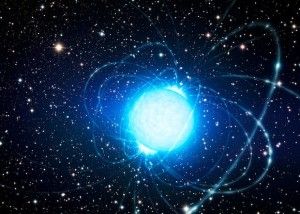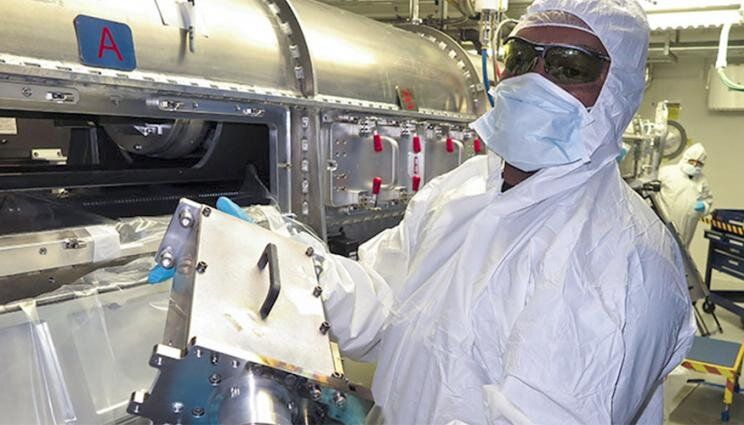Mar 21, 2020
Cold plasma nuclear fusion method
Posted by Quinn Sena in categories: nuclear energy, physics
[en] In order to continue cold nuclear fusion reaction reliably and easily, gases of deuterium or deuterium compounds are introduced to a plasma reaction vessel and electric energy is applied to convert the gases into plasmas. Further, deuterium ions are attracted to the surface of materials which cause nuclear fusion by an electric field which is negatively self-biased or externally biased. Atomic deuterium collides against the surface of a cathode on the side of palladium to cause nuclear fusion reaction at the surface or the vicinity of the inside of the cathode. Since a metal absorbing a great amount of deuterium is used as the material for the cathode in order to improve the efficiency and the absorption is increased at a low temperature, the cathode is cooled by liquid hydrogen. Further, the deuterium is introduced in the form of blowing so as to increase the absorption of the deuterium. When the scale is increased by 10 to 1000 times, practical fusion reaction can be caused to utilize as a controllable energy source which can provide a remarkable industrial effect. (N.H.)
Primary Subject
















